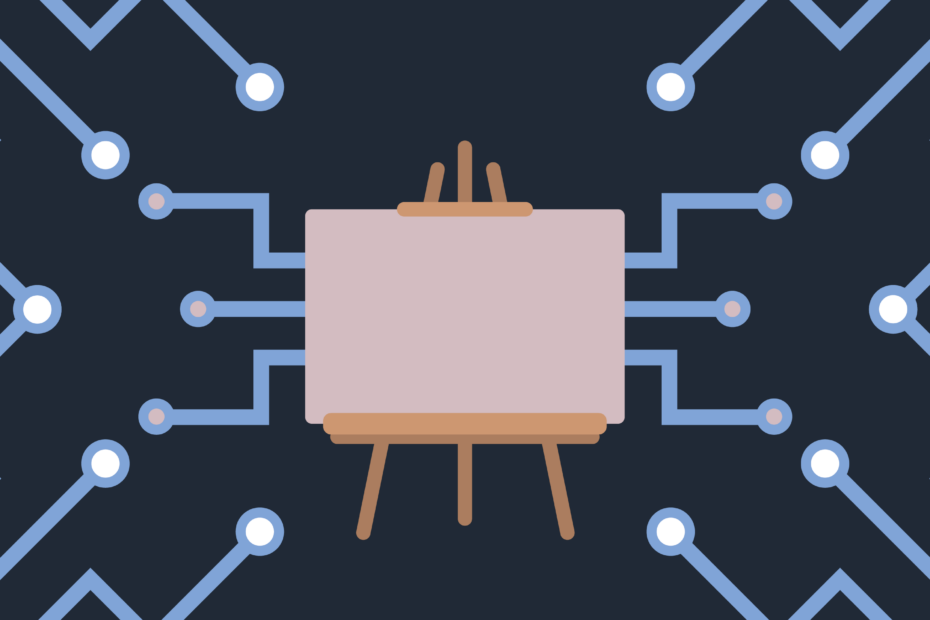On Feb. 15, OpenAI, the U.S.-based artificial intelligence research laboratory known for creating popular AI software like ChatGPT and DALL-E, debuted Sora, their new text-to-video model. It intends to simulate the physical world through video, allowing users to type a prompt and generate a scene imitating one that would occur in real life.
Sora is in its early stages; OpenAI’s FAQ section shares that access to the model is limited to experts and artists who can ensure its safety and abilities. However, it has goals to expand and reshape how people solve problems, particularly those occurring within a creative atmosphere. As soon as next week, OpenAI will be in Hollywood to show studios Sora’s creative potential.
Many Sora-generated videos have been circulating online, especially on X (formerly Twitter). During its launch, OpenAI released a video on X that simulates people walking through a snowy Tokyo, and it was widely received. Other Sora videos have successfully broken through the noise of X, inspiring a Top 10 List that compiled the most popular Sora videos on the site.
These videos are distinguished by their striking realism, resulting from a combination of a diffusion model, which, according to NewScientist, learns how “to gradually convert [randomized] image pixels into a coherent image,” and transformer architecture, which can “[contextualize] and piece together sequential data.” This allows OpenAI to dissect codes from video clips and reassemble them in various ways.
Because of this realism, Sora poses a threat to artists, particularly those in the film industry. It has simplified video creation from a creative and immersive process to typing a prompt into a computer and letting the software do the work.
This could erase artists’ individual voices, along with their inspiration. If people realize that all they have to do is come up with a prompt and let a computer do the rest, they’ll be unable to maximize their creative potential. Furthermore, Sora users could overshadow the people who consistently create content and oversee every step of the creative process. OpenAI said that watermarks “can easily be removed either accidentally or intentionally,” which could allow people to deceitfully say they created a video when it was created by artificial intelligence. With this considered, creating seems almost pointless.
But studies prove otherwise. A 2015 study highlighted the positive effects of art therapy in terms of mental health and found that it significantly lowered anxiety levels in cancer patients. Additionally, a neurostetics study found that creating art reduces cortisol levels in adults as it allows them to relax and express themselves. There’s a reason so many people, especially young children, go through artistic phases; it provides a liberating medium to communicate how they feel.
This strengthens the importance of a fine arts education in schools, which has declined due to budget cuts and an increased emphasis on academia. However, success in academia is, in many ways, derived from one’s self-efficacy and ability to think divergently, both of which can be nourished with art.
I would be a completely different person if I had not grown up with the arts in my life. I wouldn’t have half the confidence I have now if I didn’t spend a decade singing in front of people in choir. I wouldn’t understand the importance of thinking outside the box if I had not faced the challenges that come with creating short films in high school.
Further, a 2021 report acquired research supporting the theory that an artful education is intrinsically good because it strengthens people’s worldview. Art contextualizes history and culture, which are fundamental for children to grasp the dimensions of the world they inhabit. It allows them to empathize with others in ways that may be difficult to do otherwise because each art form has distinct layers to it.
Everyone has a unique perspective, and AI can’t replicate that. We all have unique stories, filled with unique triumphs and hardships that each person conveys and understands differently. It would be impossible to capture genuine, human experiences through AI because a computer can’t live through them.
Moreover, we all have films we gravitate toward, and our reasons are often attributed to the filmmakers’ styles, whether we know it or not. Even people who preferred the newer Avengers movies simply for their character dynamics can thank the Russo Brothers. But there are also many film auteurs, filmmakers whose stylistic control over a film is so great that they are deemed the “author” of a film. Take, for example, The Godfather, a classic that thrived due to Francis Ford Coppola’s unique Italian-American perspective, allowing the film to authentically capture that culture. With AI, we’d lose access to that creative mastery.
There’s also the aspect of collaboration that comes with the film industry and art in general. It’s what allows art to thrive. An auteur may have a vision, but they need everything from cinematographers to sound mixers and editors to see it through. An orchestral symphony could not achieve its richness if it weren’t for dozens of musicians tuning in together. A dancer could not blossom and shine if it weren’t for people coaching and supporting them. A painter could not successfully produce a beautiful painting if they did not see beauty in other people’s art. Understanding the passion that comes with being a part of something artful is endlessly valuable. Sora will surely not understand that.
